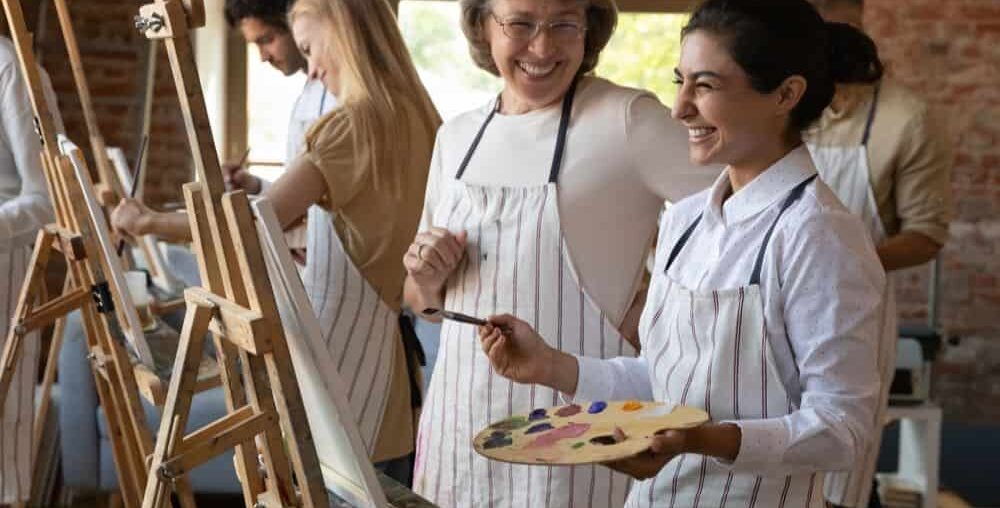Women have played a vital, though often underrecognized, role in the history of art. From ancient times to the modern era, their contributions have shaped and enriched the art world, providing unique perspectives and challenging societal norms. This historical perspective highlights the journey and impact of women in art.
Ancient and Medieval Times
In ancient civilizations, women artists existed, but their contributions were frequently overshadowed by their male counterparts. Art was often a communal activity, and women’s roles in textile creation, pottery, and decorative arts were crucial, yet rarely documented. During the medieval period, women in convents produced illuminated manuscripts, contributing significantly to religious and cultural heritage.
Renaissance and Baroque Eras
The Renaissance marked a period of increased visibility for women artists, although they still faced significant barriers. Sofonisba Anguissola, an Italian painter, gained recognition for her portraits and was an anomaly in a male-dominated field. Artemisia Gentileschi, another prominent figure, is celebrated for her powerful depictions of biblical and mythological scenes, often infused with themes of female empowerment and resilience.
18th and 19th Centuries
The 18th and 19th centuries saw more women pursuing artistic careers, despite societal constraints. Élisabeth Vigée Le Brun, a French portraitist, became one of the most famous painters of her time, gaining the patronage of Marie Antoinette. Mary Cassatt, an American painter and printmaker, played a crucial role in the Impressionist movement, focusing on the intimate lives of women and children.
Early 20th Century
The early 20th century was a transformative period for women in art, coinciding with broader social changes. Artists like Georgia O’Keeffe broke new ground with her modernist interpretations of nature and abstraction. Frida Kahlo’s deeply personal and symbolic works explored themes of identity, pain, and femininity, resonating with a global audience and solidifying her legacy.
Contemporary Contributions
Today, women artists continue to push boundaries and redefine art. Figures like Yayoi Kusama, with her immersive installations, and Cindy Sherman, known for her conceptual self-portraits, have achieved global acclaim. Their work challenges traditional notions of art and identity, inspiring new generations of female artists.
Overcoming Barriers
Throughout history, women artists have had to overcome significant obstacles, including limited access to formal training and exclusion from professional networks. Many women used their art to challenge societal norms, advocate for women’s rights, and express their unique perspectives.
Legacy and Impact
The contributions of women in art have paved the way for greater diversity and inclusion in the art world. Their persistence and creativity have not only enriched the cultural landscape but also empowered future generations of women to pursue their artistic passions.
In conclusion, the historical perspective of women in art is a testament to their resilience, creativity, and impact. From ancient times to the contemporary era, women have continually shaped and enriched the art world, leaving a legacy of inspiration and empowerment. Recognizing and celebrating their contributions is essential to understanding the full scope of art history and its ongoing evolution.






Comments are closed.